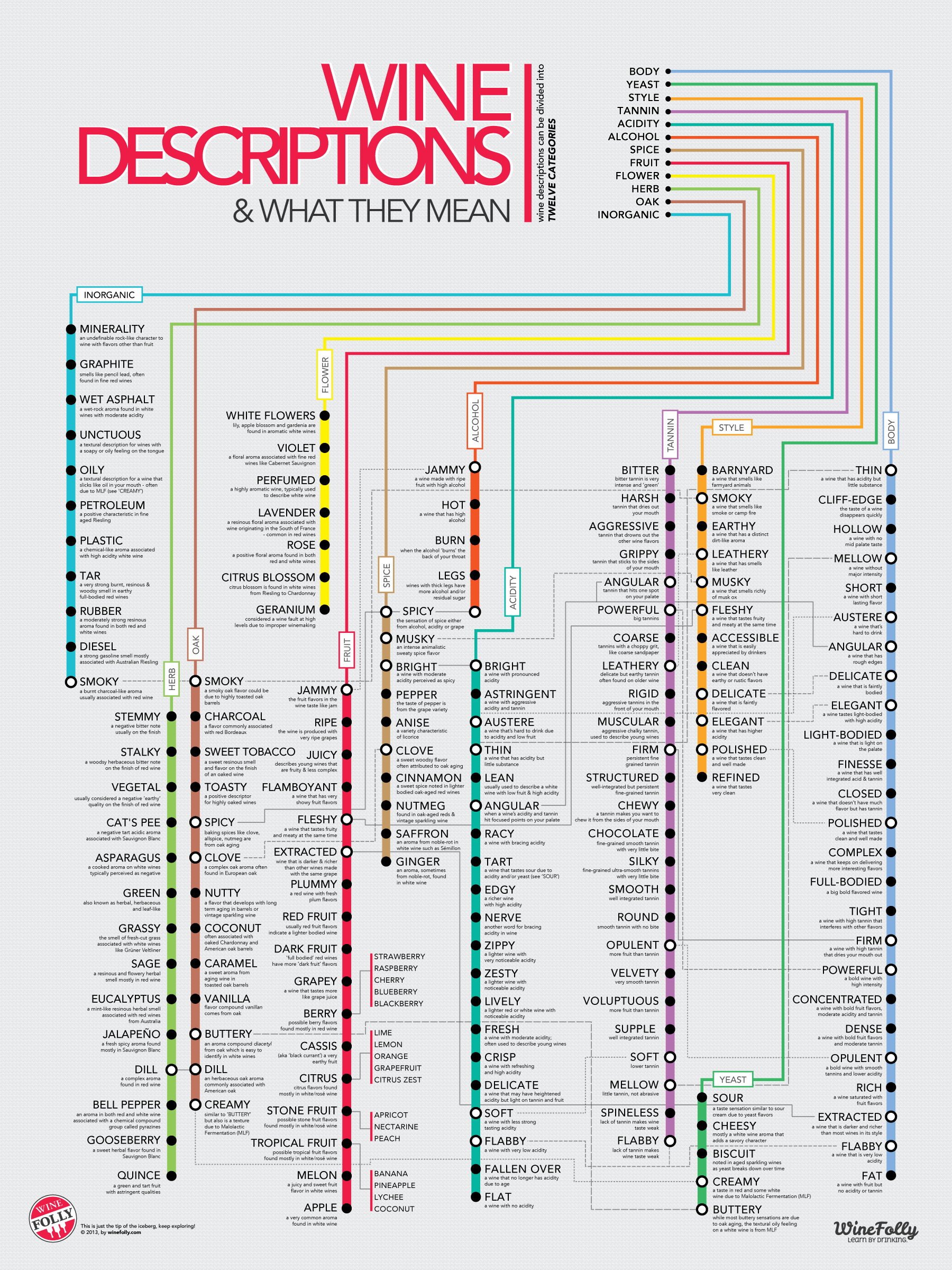Sensory Evaluation
Table of contents
Sensory evaluation of wine involves assessing the appearance, aroma, flavour, taste and texture or mouthfeel of wine.
Colour
Colour is described in terms of both the intensity or depth of colour and the hue or shade of colour. Common terms used to describe the hue of white, rose an red wines are:
- Colourless trough to yellow or golden for white wines
- Orange through to salmon pink for rose wines
- Ruby trough purple and then brick red for red wines
- Brown for very old red wines or white wines that have been oxidised
Good wines have a bright, clear colour. The colour of a wine can be affected by the grape variety, the age of the wine, the winemaking process and the storage conditions. While poor quality wines can have a dull, cloudy or opaque appearance.
Wine colour will develop significantly with age. White wines will become darker and more golden in colour, while red wines will become lighter and more brown in colour.
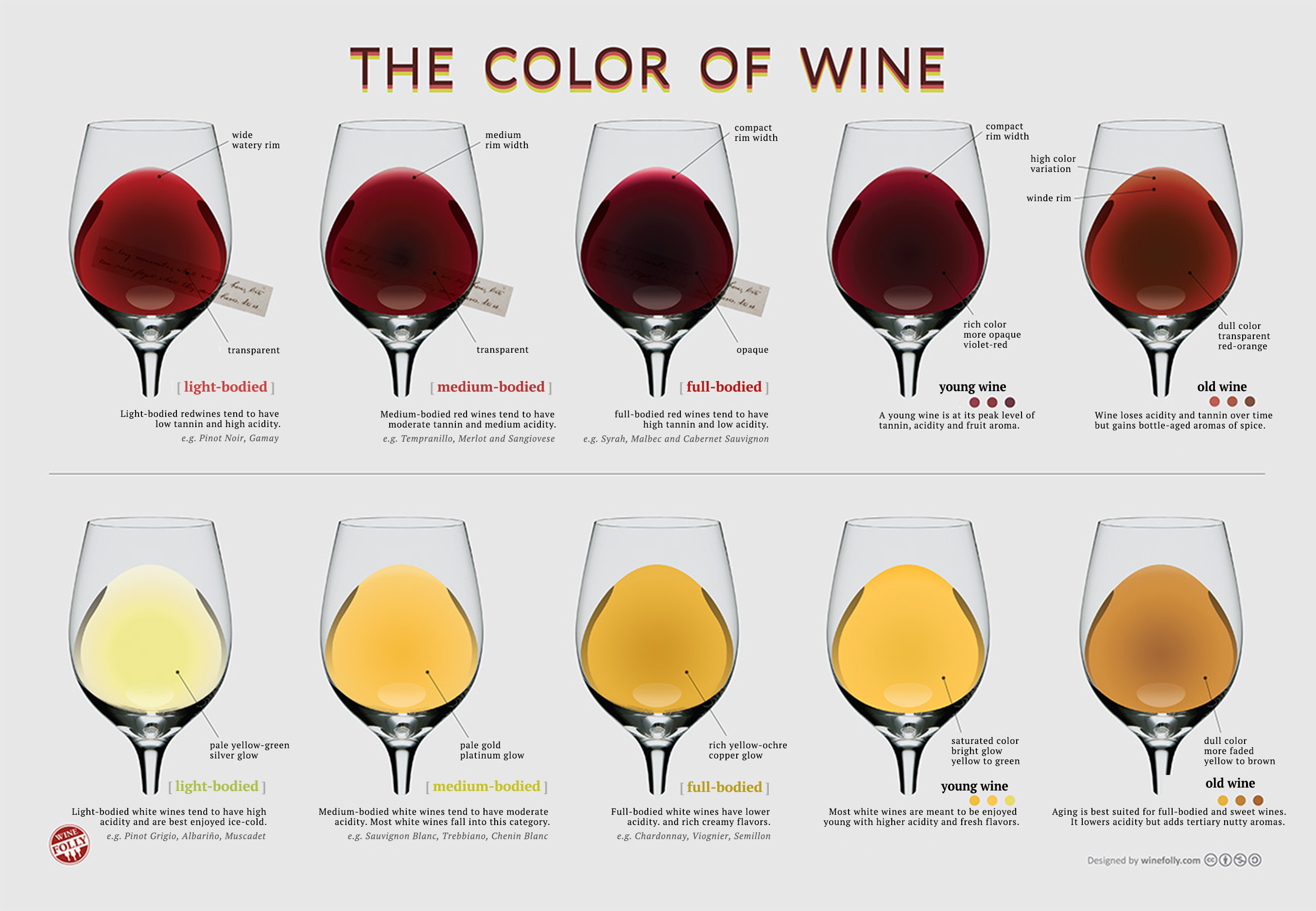
Light-Bodied Red Wine
Light-bodied red wines tend to have a lighter and more translucent color. (you’ll be able to see through them.) Hues range from from a bright purple to garnet. e.g. Pinot Noir, St. Laurent, Zweigelt, and Gamay.

Medium-Bodied Red Wine
Medium-bodied red wines tend to medium-rich colors. This range of wines is diverse and includes Garnacha, Sangiovese, and Zinfandel. Discover more types of wine.

Full-Bodied Red Wine
Full-bodied red wines are often deeply colored and this indicates a possible presence of higher tannin. These wines are highly extracted and opaque. e.g. Syrah, Malbec, Mourvèdre, and Cabernet Sauvignon.

Old Red Wine
When a red wine is far past its prime it will be a dull brown color. Many wines will last 20 years or more without showing much color change. Merlot and Nebbiolo stain orange earlier than other types of wine.

Rosé Wine
Rosé wines are made with regular red grapes such as Mourvedre, but the grape skins aren’t exposed to the juice for as long. The result is a much more pale red wine. Depending on the variety used, a rosé can range from pale salmon (Pinot Noir) to magenta (Garnacha).
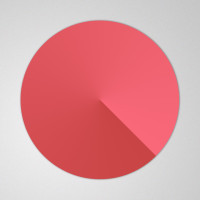
Light-Bodied White Wine
A light-bodied white wine can range from clear to a pale yellow-green hue. Most of this style of wine is meant to be enjoyed young and ice-cold. e.g. Pinot Grigio, Albarino, Vinho Verde, Muscadet
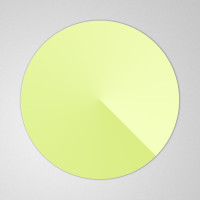
Medium-Bodied White Wine
The majority of white wines fall into the medium-bodied category with a pale yellow-gold hue. e.g. Sauvignon Blanc, Unoaked Chardonnay, and Chenin Blanc.
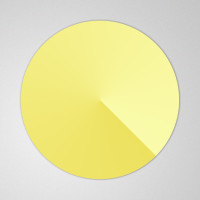
Full-Bodied White Wine
A color of white wine that can be produced either by a free-run red wine such as White Pinot Noir or a highly extracted white wine. Often these wines have less acidity and use oak aging to add creaminess and vanilla aromas. e.g. Chardonnay, Viognier, and Marssanne.
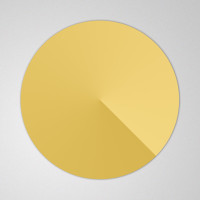
Old White Wine
Very few white wines are made to last for more than a couple of years. Old white wines lose their sheen and become increasingly more dull over time. Because of light-sensitivity, white wines will become more orange over time.

Visosity
The viscosity of a wine provides an indication of its body, and therefore, style, and can be easily assessed by swirling the glass. The more viscous a wine, the more body it has. The viscosity of a wine is affected by the alcohol content, the sugar content and the presence of glycerol. Wines with high levels of alcohol or sugar will form tears on the surface of the glass due to surface tension. Sweet and fortified wines are a good example of this. Light-bodied wines will have a low viscosity and will not form tears on the surface of the glass and are often described as thin or watery.
Aroma
Wine aroma results from the combination of the grape variety, the winemaking process and the storage conditions. The aroma of a wine can be assessed by swirling the glass to release the aroma and then sniffing the wine. The aroma of a wine can be described as fruity, floral, spicy, herbaceous, vegetal, earthy, woody, nutty, caramel, buttery, yeasty, chemical or oxidised. The aroma of a wine can be affected by the grape variety, the age of the wine, the winemaking process and the storage conditions.
The aroma intensity of a given volatile compound depends on its concentration in the wine, its volatility (how readily it moves from liquid to gas), and its odour activity value (OAV). The detection threshold is the lowest concentration of a compound that can be detected by the human nose.
If a volatile compound occurs in a wine at a concentration that far exceeds its detection threshold, it will have a high OAV and will contribute to the aroma of the wine. If a volatile compound occurs in a wine at a concentration that is close to its detection threshold, it will have a low OAV and will not contribute to the aroma of the wine.
Link to odour activity value pdf
